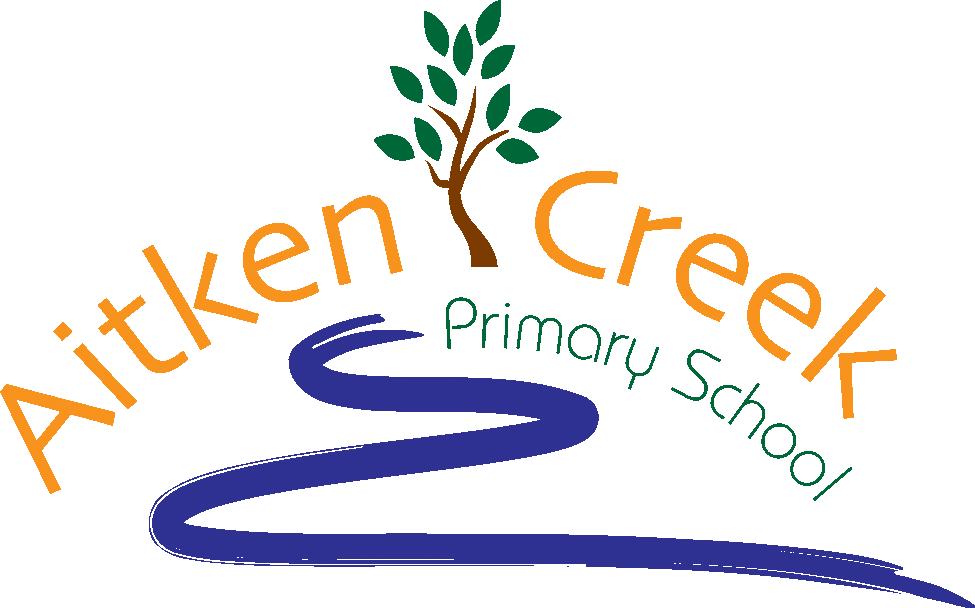Aitken Creek
Primary School
51-81 Grevillea Street
PO Box 293
Craigieburn, Victoria 3064
Ph: 03 8338 3700
aitken.creek.ps@education.vic.gov.au
Anaphylaxis & Allergies
Anaphylaxis is a severe, rapidly progressive allergic reaction that is potentially life threatening. The most common allergens in school aged children are eggs, nuts, cow’s milk, insect stings, fish and shellfish, wheat, soy, sesame, strawberries, kiwi fruit, banana latex and certain medications. Although these are the most common allergens the list is not exclusive.
The key to prevention of anaphylaxis in schools is knowledge of those students who have been diagnosed at risk, awareness of triggers (allergens), and prevention of exposure to these triggers. Partnerships between schools and
parents are important in ensuring that certain foods or items are kept away from the student while at school.
If your child shares a classroom with a child at risk of an anaphylactic reaction you would have received a notice outlining a list of allergens to be avoided when packing your child’s lunch and snack. There is also a poster informing families of this at every relevant external classroom door.
Although it is impossible to protect children from an anaphylactic reaction, especially as the allergens are so varied, we can reduce the likelihood of a reaction by putting in place processes and procedures at a school level.
It is a school policy that all children only consume the food that has been packed from home and no sharing of food is allowed. Please ensure you talk to your children about this matter.
It is advisable that children with allergies refrain from purchasing canteen snacks over the counter.
Children with allergies are excused from handling food wrappers when on yard duty.
For more information, please refer to the ACPS Anaphylaxis Policy found on the Policies page


